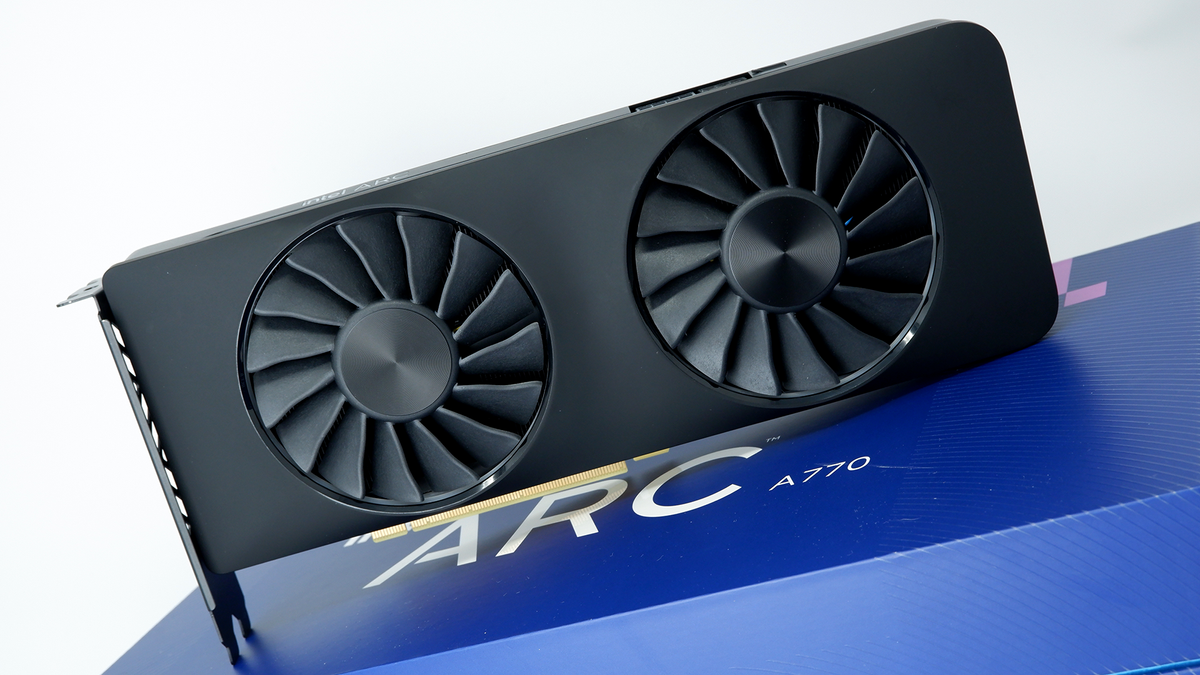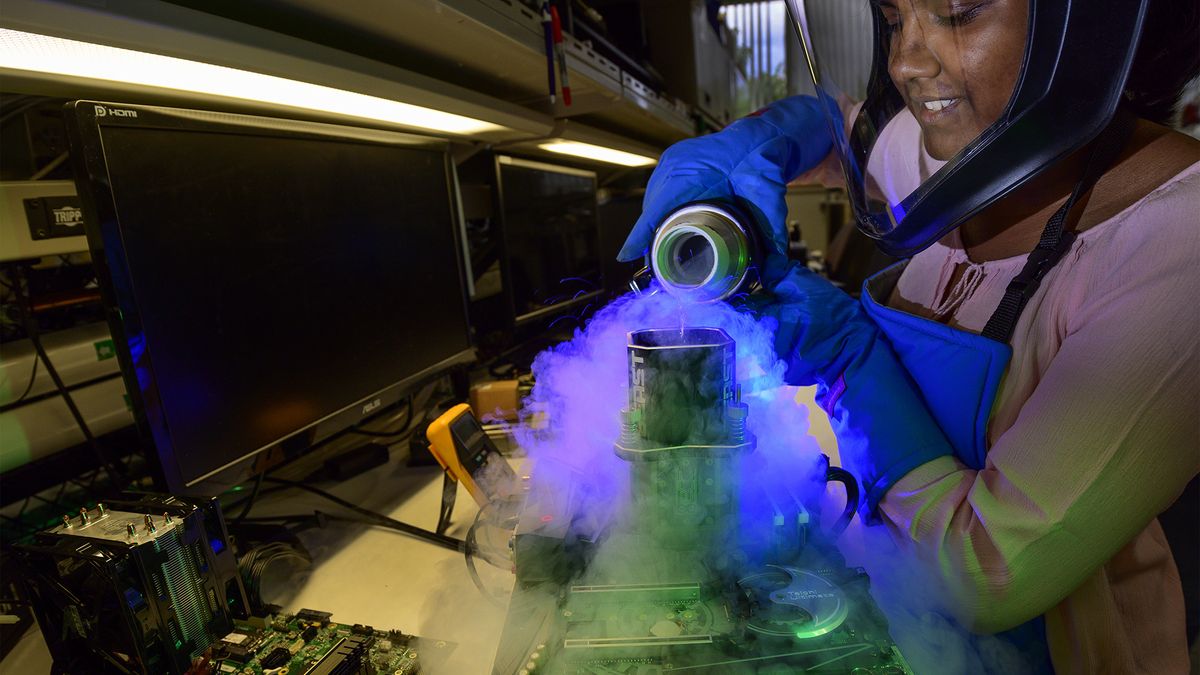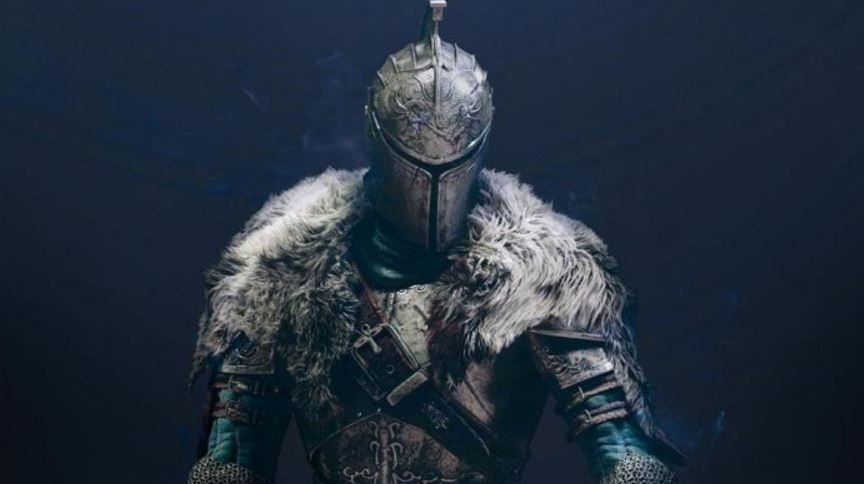Graphics drivers are hard. This isn’t news. But Intel has revealed some interesting details regarding its own efforts and struggles to get Arc GPUs running really fast. Intel’s candour also makes us hopeful for its next-gen Battlemage graphics, hopefully appearing later this year. It isn’t giving up.
While the complexity of graphics drivers and optimising GPU performance is a well-established thing, it’s also tempting to be exasperated with Intel and its Arc graphics cards.
Sure, graphics drivers aren’t easy. But, Intel knew that going in. So, surely it put in all the work necessary to do the job properly before it launched those first Arc graphics cards in 2022?
In practice, Arc GPUs launched with frame rates all over the place and Intel has been catching up ever since. Lots of really impressive progress has since been made and Arc GPUs are now at the point where performance in any given game is likely to be well optimised. But exceptions remain and Intel has been explaining why.
Responding to a recent Gamer’s Nexus revisit of Intel Arc performance, Intel provided insight into exactly why some games still aren’t running as fast as you’d expect from the hardware specs. By way of example, Starfield still runs like crap on Arc GPUs and Intel says it remains in regular communication with developer Bethesda.
Intel explains that it’s a particularly challenging title, partly because of how frequently the game has been updated. Of course, what with Starfield player numbers nosediving, you could argue nobody cares. But for any gamer considering an Arc GPU, seeing some titles conspicuously underperforming is pretty off-putting.
The most interesting example, however, is GTA 5. Another poorly performing title, Arc’s performance in GTA 5 sees the top Intel Arc A770 GPU running at about half the frame rates you might expect based on the A770’s performance and ranking in other games. The net result is that it falls behind AMD’s feeble Radeon RX 6600 and the ancient Nvidia RTX 2060. Yuck.
Well, it turns out the problem with GTA 5 is MSAA or multi-sampling anti-aliasing performance. Intel says the problem isn’t with MSAA generally, which works fine on Arc in many other games, but the specific implementation of MSAA in GTA 5. Using another anti-aliasing option, such as FXAA, or no AA at all elevates Arc performance back to where it ought to be.
In other words, Intel doesn’t just have to do general MSAA optimisation. It might also need to do multiple setting-specific optimisations for just one game. And that’s on top of generally getting that particular title or game engine running nicely.
It’s not hard to see how that kind of game-by-game, setting-by-setting workload can escalate extremely rapidly and that helps to explain why Arc GPUs struggled at launch and why Intel doesn’t just ‘fix’ everything really quickly. There’s simply too much to do.
Your next upgrade
Best CPU for gaming: The top chips from Intel and AMD.
Best gaming motherboard: The right boards.
Best graphics card: Your perfect pixel-pusher awaits.
Best SSD for gaming: Get into the game ahead of the rest.
Intel also said the job of reworking its DX9 driver architecture is now finished and fully implemented into the driver, hence much better performance in most DX9 games, and that they are now finalising a similar driver architectural rework for DX11 which will be built into a driver update soon. Intel is now setting its sights on DX12 driver updates in 2024.
All told, it makes for some interesting insights and also bodes well for the future of Arc graphics. Intel is still very much chipping away at the broader problem of GPU optimisation and that makes us hopeful that Intel is still fully committed to its second-gen Battlemage graphics, which we’re expecting to appear later this year, despite rumours to the contrary.
If Battlemage can carry over all the improvements Intel has made to its first-gen Alchemist GPUs since launch in late 2022 and come out of the gate well optimised and delivering fully on its architectural promise, it’ll be far more competitive than the original A770 and A750 cards were. And that would be very welcome indeed.


